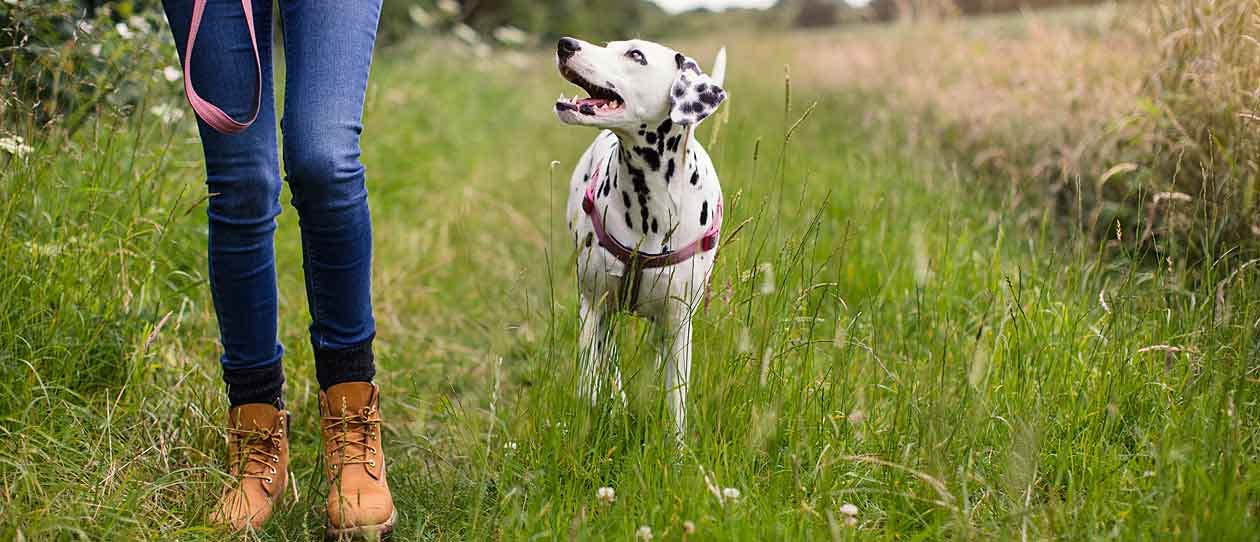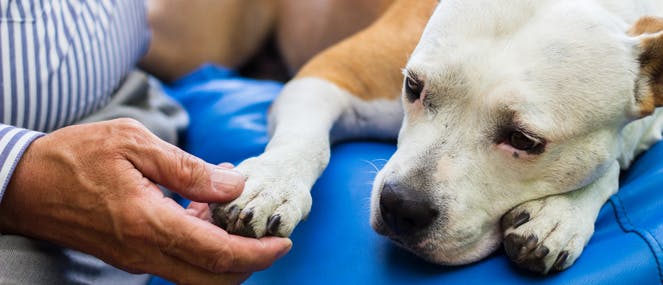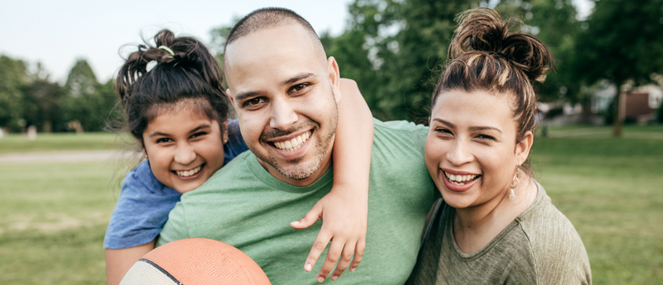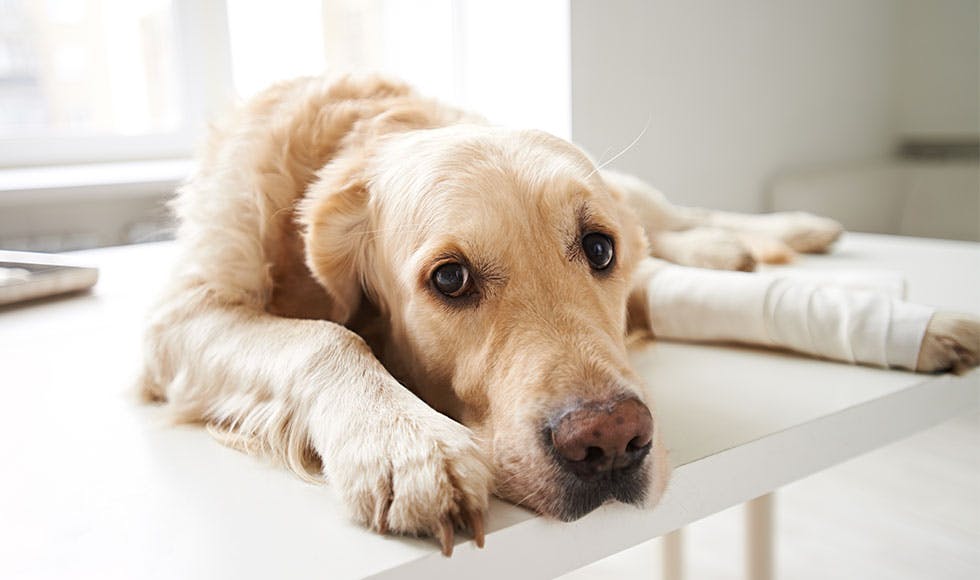
- A Guide To Perfect Your Pet's Health/
- Health and Vitality Products For Your Dog/
- How to choose the right dog collar and lead


Dog collars and leads are items that get a work out every day of your dog’s life. While personal choice is a big factor in what you’ll choose, there are some factors that need consideration. Whether you’re after a new puppy collar, dog harness, or leash, here’s a rundown of what’s available, and how to choose the best one for your dog.
Dog collars versus dog harnesses
Essentially, dog collars are designed to fit around your dog’s neck, while harnesses fit over their chest. A well-chosen collar – one that is not too heavy or wide for your pet’s size and shape is ideal for keeping their identification tags on them 24/7. But when it comes to walkies, halters put less pressure against their neck, reducing the risk of injury, and are less likely to slip off your dog if they struggle against it during a run. They are also ideal for car trips, as most canine seatbelt systems are designed to attach to a harness (you don’t want your dog stopped at speed by their neck, after all!).
When it comes to choosing one over the other, experts recommend having both a collar and a harness – dog collars are ideal for day to day wearing, but harnesses are safer for walking, although wearing them for too long can cause irritation.
Fitting dog collars and harnesses
The correct fit is a key element in making the right choice with harnesses and collars, so it’s always a great idea to take your pooch along for a fitting to obtain the right size and width. A poorly fitted harness can alter their gait, while a tight collar can chafe. Dog collars should fit snugly around their neck – you should be able to fit two fingers between the collar and your dog’s neck.
Dog collar materials
Dog collars typically come in leather, faux leather, nylon, or cotton – metal choker chains are not recommended for safety reasons. Leather (or suede) collars are popular for their longevity; they can last for years and can look great. Leather will also soften over time from the oils in your dog’s skin. Nylon collars are perfect for the active dog that spends plenty of time in the water, as they are less perishable than their leather pals and can be thrown in the washing machine if they become too fragrant or dirty.
Dog leads
Much like collars, leads come in all types of materials, widths and lengths. Cloth and nylon are lighter and easier to store and stash between walks and work well for water sports. Style wise, you can go for a long or short length lead, while retractable leads are a popular middle road, extending out in park areas, and pulling in when you need to keep them close by. These are recommended for use with dogs that have already been trained to walk on a leash. Cyclists and runners may enjoy the belt or harness system retractable leads that allow you to tether Fido to your body, leaving your hands free. That said, take care to keep pooch safe when you reach busy areas, or they’ll become a tripping risk.
Whatever you choose, ensure it fits your dog well and check it regularly as weight or height gain can change this. And if your pooch seems unhappy and scratches or pulls at it where they haven’t before, you may find they aren’t a fan of the fabric or style, so you may need to switch to something more suitable.





